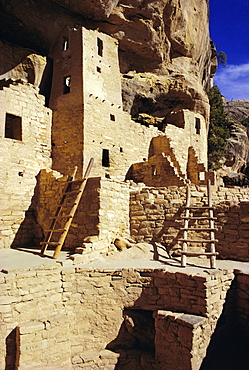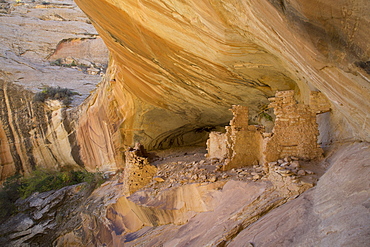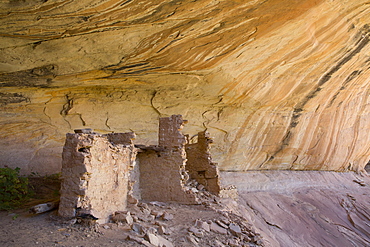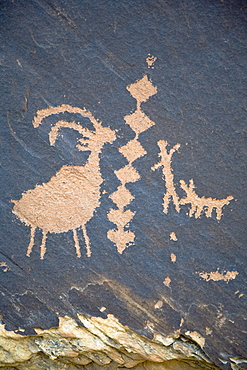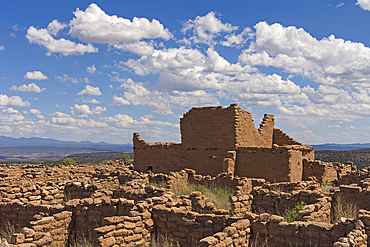Results
16 results found
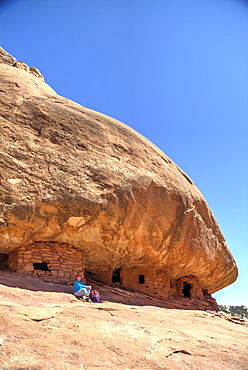
House on Fire Ruins, Anasazi Culture, over 800 years old, Mule Canyon, Cedar Mesa, Utah, United States of America, North America
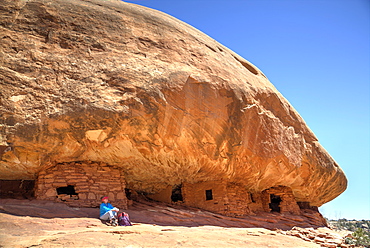
House on Fire Ruins, Anasazi Culture, over 800 years old, Mule Canyon, Cedar Mesa, Utah, United States of America, North America

House on Fire Ruins, Anasazi Culture, over 800 years old, Mule Canyon, Cedar Mesa, Utah, United States of America, North America
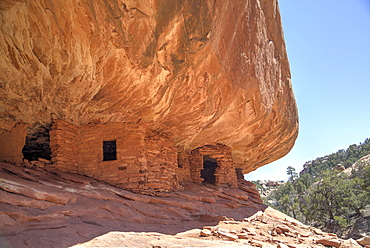
House on Fire Ruins, Anasazi Culture, over 800 years old, Mule Canyon, Cedar Mesa, Utah, United States of America, North America
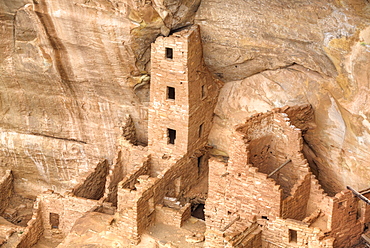
Anasazi Ruins, Square Tower House, dating from between 600 AD and 1300 AD, Mesa Verde National Park, UNESCO World Heritage Site, Colorado, United States of America, North America
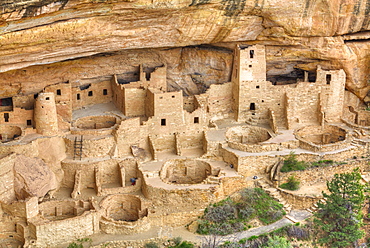
Anasazi Ruins, Cliff Palace, dating from between 600 AD and 1300 AD, Mesa Verde National Park, UNESCO World Heritage Site, Colorado, United States of America, North America
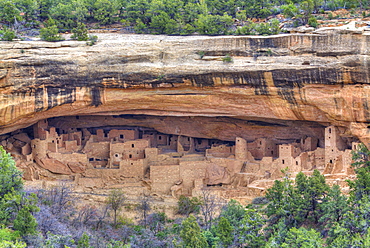
Anasazi Ruins, Cliff Palace, dating from between 600 AD and 1300 AD, Mesa Verde National Park, UNESCO World Heritage Site, Colorado, United States of America, North America

16 Room House Anasazi Ruins, Ancestral Pueblo, Navajo Reservation, near Bluff, Utah, United States of America, North America

16 Room House Anasazi Ruins, Ancestral Pueblo, Navajo Reservation, near Bluff, Utah, United States of America, North America
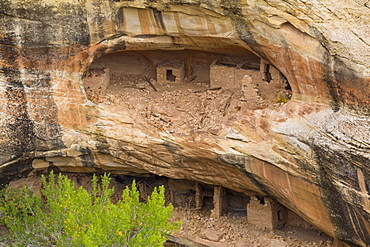
Over Under Anasazi Ruins, Ancestral Pueblo, Bear's Ears National Monument, Utah, United States of America, North America

Petroglyphs drawn in sandstone by Anasazi Indians around 500 AD, Valley of Fire State Park, Nevada, USA, North America

Petroglyphs carved into sandstone, representation of Fremont, Anasazi, Navajo and Anglo-Saxon cultures, prehistoric and historic rock art, Newspaper Rock State Historic Monument and Recreation Site, San Juan County, Utah, United States of America, USA
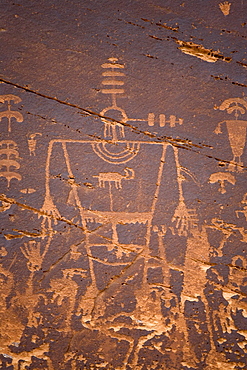
These Butler Wash Petroglyphs along the San Juan river are excellent examples of Indian petroglyphs. The large, square-shouldered figures are believed to be Kachinas, or gods, who are given rank by the stripes over their heads and may be seen to be giving speeches by the sound waves marked beside their heads.

These Butler Wash Petroglyphs along the San Juan river are excellent examples of Indian petroglyphs. The large, square-shouldered figures are believed to be Kachinas, or gods, who are given rank by the stripes over their heads and may be seen to be giving speeches by the sound waves marked beside their heads.
